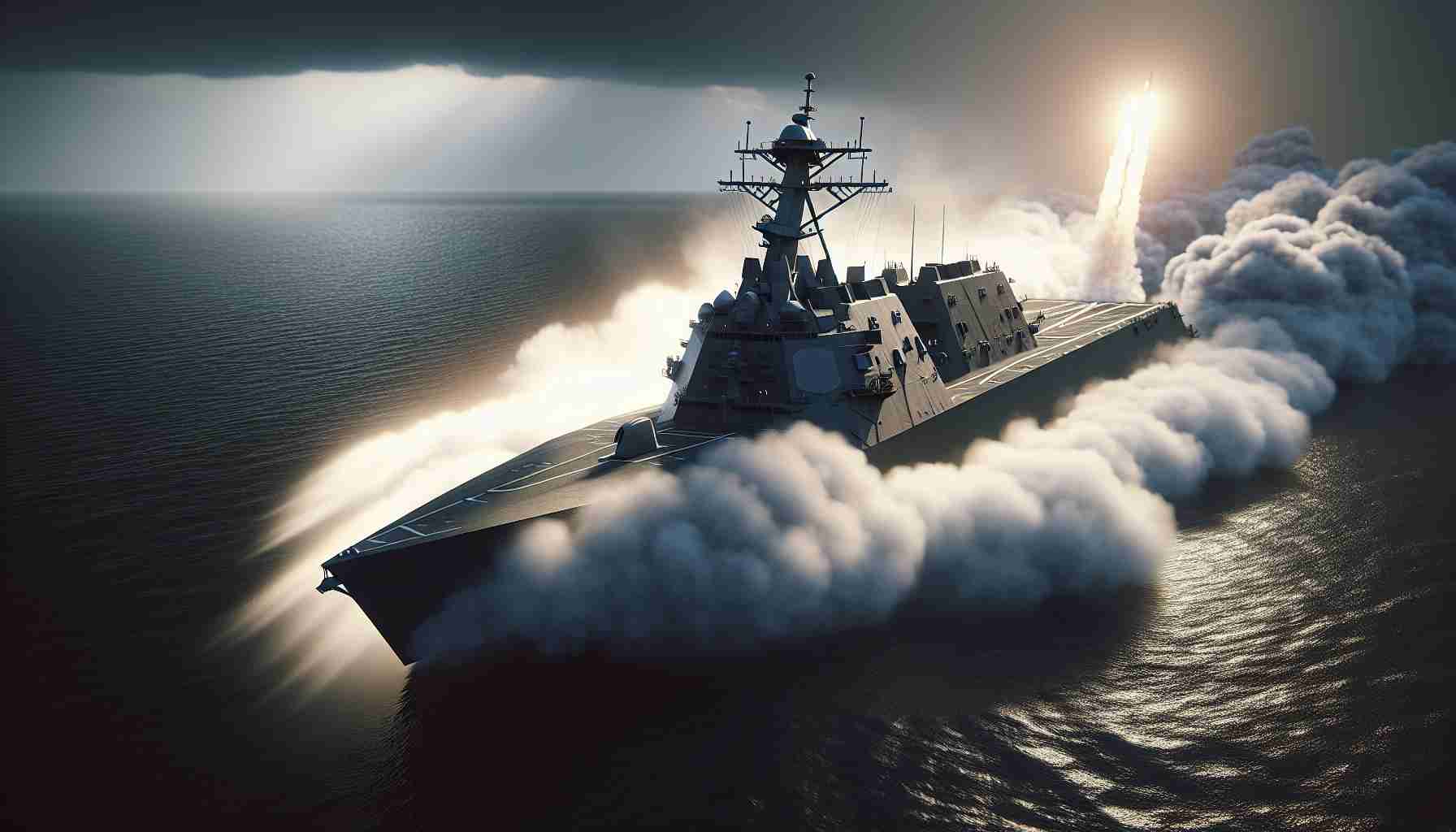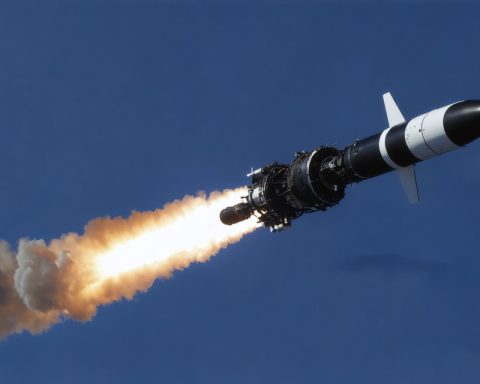In a groundbreaking move, the U.S. Navy recently showcased a significant advancement during the Rim of the Pacific (RIMPAC) exercise in Hawaii. The Naval Surface Warfare Center, Port Hueneme Division (NSWC PHD), led a remarkable feat by executing the first-ever launch of a Naval Strike Missile (NSM) from a U.S. Navy destroyer, the USS Fitzgerald.
This achievement called for swift action and coordination. NSWC PHD, along with its partners—including General Dynamics Mission Systems and Kongsberg Defence—managed to install an Over-the-Horizon (OTH) Weapon System on USS Fitzgerald in record time. The timeline was tight, having been set with a deadline of just nine months before the biennial fleet exercise.
Flexibility was key in meeting this challenge. By proposing the OTH system as a temporary change, the team was able to expedite processes such as ship installation drawings and cybersecurity approvals, typically lengthy obligations.
The July exercise was a true test of precision and teamwork. With the crew thoroughly trained and the system comprehensively tested, USS Fitzgerald took part in the RIMPAC SINKEX, successfully launching the NSM in coordinated maneuvers. This NSM launch not only demonstrated the capabilities of the new system but also marked a pivotal moment in naval warfare technology.
NSWC PHD’s success in rapid deployment and the operational success of the OTH system now pave the way for its potential indefinite installation on USS Fitzgerald and eventual incorporation on other destroyers. The path forged by this mission sets the stage for the future of U.S. Navy destroyers.
U.S. Navy’s Naval Strike Missile Launch Sparks New Era in Defense Tech
The recent successful launch of the Naval Strike Missile (NSM) from the USS Fitzgerald during the Rim of the Pacific (RIMPAC) exercise highlights a new chapter in naval warfare technology and innovation. As the U.S. Navy continues to push the boundaries of military capabilities, several aspects of this achievement are worth exploring further, particularly regarding its potential long-term impacts, anticipated developments, and broader applications.
Key Features and Innovations
The Over-the-Horizon (OTH) Weapon System, which facilitated the NSM’s deployment, boasts impressive attributes that enhance the operational flexibility of naval forces:
– Modularity and Compatibility: The system offers a module-based framework, allowing it to be integrated into different classes of ships beyond destroyers such as littoral combat ships and even certain auxiliary vessels.
– Rapid Deployment: The successful installation on the USS Fitzgerald within a nine-month window underscores the system’s capacity for rapid deployment, which is crucial in modern, fast-evolving conflict scenarios.
Pros and Cons of the NSM System
Pros
– Improved Range and Precision: The NSM extends engagement zones far beyond visual line of sight, providing a tactical advantage in open waters.
– Stealth Capabilities: Its advanced design minimizes radar detection, crucial for surprise attacks and defensive maneuvers.
Cons
– Cost Implications: Deploying cutting-edge technology might entail significant costs, impacting budget allocations for other necessary navy operations.
– Complexity in Integration: Integrating such sophisticated systems requires advanced training and can strain existing support infrastructures unless carefully managed.
Future Implications and Predictions
The success of the NSM launch has opened the door for broader application across the U.S. Navy fleet. Predictions include:
– Widespread Adoption Across Fleets: The NSM system is likely to see enhanced adoption across various ship classes, potentially redefining naval engagement strategies.
– Technological Upgrades and Customizations: Continued feedback from operational deployments may lead to iterative upgrades, optimized performance specifications, and custom adaptations designed to address specific mission requirements.
Market Analysis and Trends
The defense sector is increasingly driven by the need for agile and highly adaptable technologies. Companies such as General Dynamics Mission Systems and Kongsberg Defence, integral partners in this project, are likely to see increased demand for modular and rapidly deployable solutions. The overall trend points toward integration of such systems not just in naval contexts, but also their potential adaptation for land and air-based military systems.
Sustainability and Security Aspects
Efficiency in resource utilization and bolstered cybersecurity features are paramount as naval systems advance:
– Environmental Considerations: Future design iterations will likely focus on reducing the environmental footprint of deployed systems.
– Cybersecurity Enhancements: Ensuring robust protection against cyber threats is crucial, requiring ongoing updates and vigilance to counter intricate cyber warfare threats.
In conclusion, the launch of the NSM from the USS Fitzgerald represents not only an immediate tactical advancement but also sets a precedent for future military capabilities. As this technology becomes more widespread, it will shape the strategies and compositions of modern naval fleets, providing a robust framework for enhanced maritime security. For more information on related naval innovations, please visit U.S. Navy.







